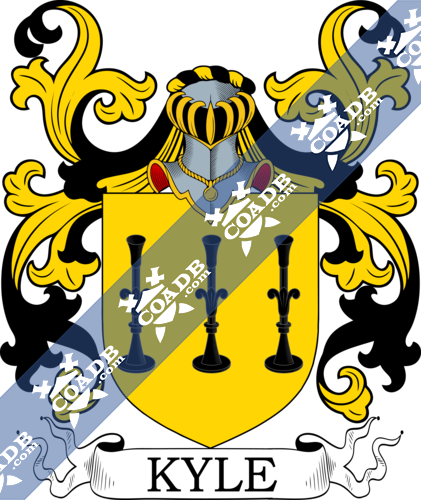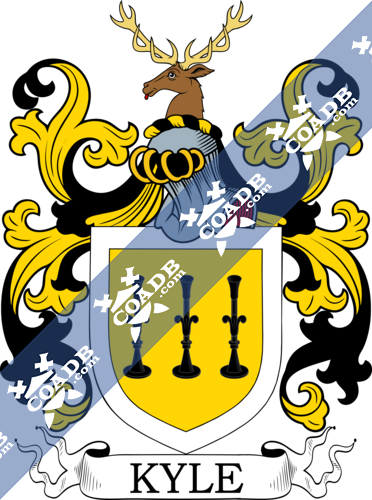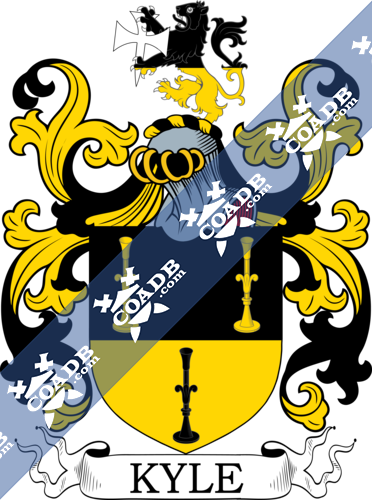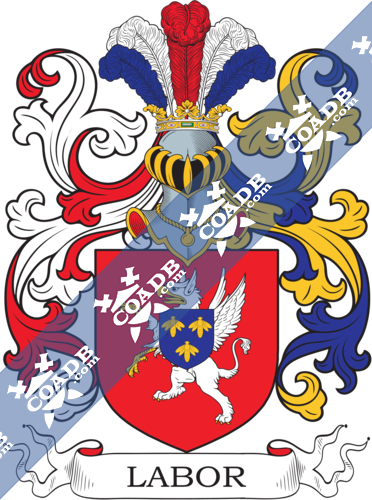Kyle Family Crest, Coat of Arms and Name History

Kyle Coat of Arms Gallery
Don’t know which Coat of Arms is yours?
We can do a genealogical research. Find out the exact history of your family!
Learn MoreKYLE
The Kyle surname is one of the more unique names to be found in Scotland. It has as a name and as a family survived some of the most storied and tumultuous events in Scotland’s history. The name Kyle is a topographic name, Caol, meaning “straight or narrow.” The name is Brythonic, which is one of the parent languages modern Scots Gaelic is descended from. It is also a telling clue as to how old the surname of Kyle actually is. In the 6th throughout the 10th century, Scotland was a location of invasion and immigration from the Norse cultures, of Norway, Sweden and Denmark. Which give rise to variations of the name, such as Kehl, Keil, and Coil. The Scottish and Irish versions predominately remain as Keil, Kile and of course Kyle.
The Brythonic Kingdom was the last British kingdom to survive the Romans. After the Roman legions left Britain in 410 AD, the Roman populace lingered on, making alliances with local surviving tribes. This is the time period which gave birth to the legends of King Arthur.
In the North-West corner of what would later be called England, where Hadrian’s wall met the Irish sea, The Brythonic people moved into this region, and slowly moved north by north-west along the coastline. At Dunbarton, they occupied what has come to be known as “The Rock of Dunbarton.” A massive plug of stone, which was easily defended and would command all the approaches to it. It was occupied by the Brythonic Kingdom or Last Kingdom of Britain from the 5th century to the 9th century.
During this period the Kyle ancestors saw two serious events. The Irish tribe called the Scoti invaded southern Scotland across the narrowest portion of the Irish sea and established the Kingdom of Dal Riata in the Firth of Forth. Both kingdoms fought for dominance in the region. Then in the 8th and 9th centuries the Vikings invaded from Norway and destroyed both kingdoms. The Kyle family survived both, and moved further north-west to where they eventually settled in the district of Ayrshire.
The next period of change the Kyle family witnessed was King David I of Scotland, who had been a royal hostage in England, and France, moved north with a Norman wife Maud the Countess of Huntingdon, married in 1113, who was the great niece of William the Conqueror. With her came an entire retinue of Norman knights who would end up being some of the founders of the most prominent Scottish families and clans.
The southern borders of Scotland and its west coast have always been some of the most contentious and fought over regions. Constant inter-family and clan warfare ensued throughout most of its history. These locations were the traditional routes, various historical invaders would take. Scotland did not have secure borderlands until the English under the House of Hanover, eventually put down through extreme measures the last of the Scottish wars of independence.
The Kyle family became one of the early converts to the Protestant faith. In the 1600’s the border regions were still a considerable source of friction, by both English and Scottish sides. Protestant vs. Catholic provided ample fuel for both to continue centuries long blood feuds or grievances. The English crown heavily recruited Protestant Scots to help with the settlement of Northern Ireland. It is at this point the Kyle family name becomes linked with Ulster, Donegal and Antrim; all places where Protestant Scottish families were used to resettle large tracts of lands, called Plantations.
During the various rebellions in the 17th and 18th centuries, the Kyle family predominately allied themselves with the British Crown. They stayed out of the ‘troubles’ in Scotland, while maintaining the peace in Ireland. (The Irish had several aborted attempts at rebellion at the same time the Jacobite rebellion swept through Scotland.) The 17th century also saw the age of colonization in the new world. The Royal Navy defeated the Spanish in a battle for control over Port Royal in 1655. This opened up the British exploration and colonization of the Caribbean, coupled with the burgeoning colonies all along the eastern shoreline of North America. Many Kyle family members moved from Ireland, to Jamaica, and to Virginia during this time period. Later in the 18th century, they moved into Massachusetts, Maine, Vermont, and in New Brunswick, Canada.
The Kyle surname can be found today in largest concentrations in Canada, New Zealand and The United States.
Blazons & Genealogy Notes
1) (Scotland). Or, three candlesticks sa.
2) (Scotland). Ar. two candlesticks in chief sa. and a mullet in base gu. Crest—An anchor and cable ppr.
3) Motto—Providentia me committo. Or, three candlesticks sa. within a bordure ar. Crest—A deer’s head ppr.
4) (confirmed to Right Rev. Samuel Kyle, D.D., Bishop of Cork, whose family were long seated at Kyle, N.B., and whose immediate ancestors settled at Camnish, co. Derry). Motto—Tibi soli. Per fess sa. and or, three altar candlesticks counterchanged. Crest—A lion ramp. per fess sa. and or, supporting in his paws a cross formée fitchée ar.










